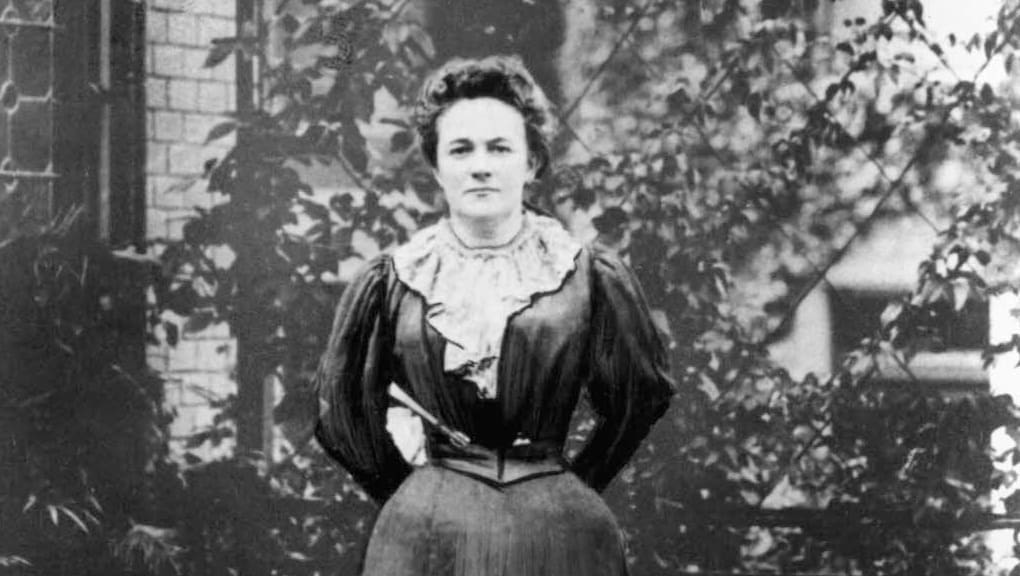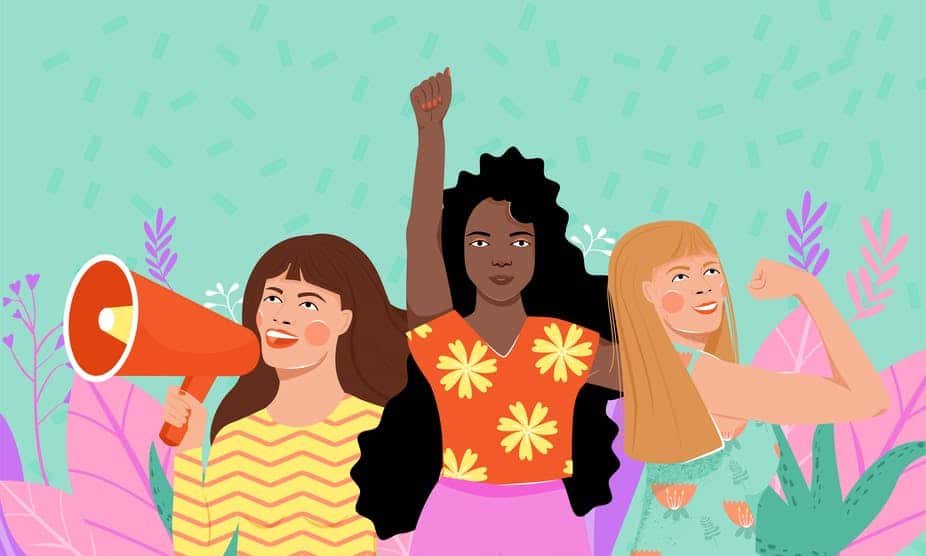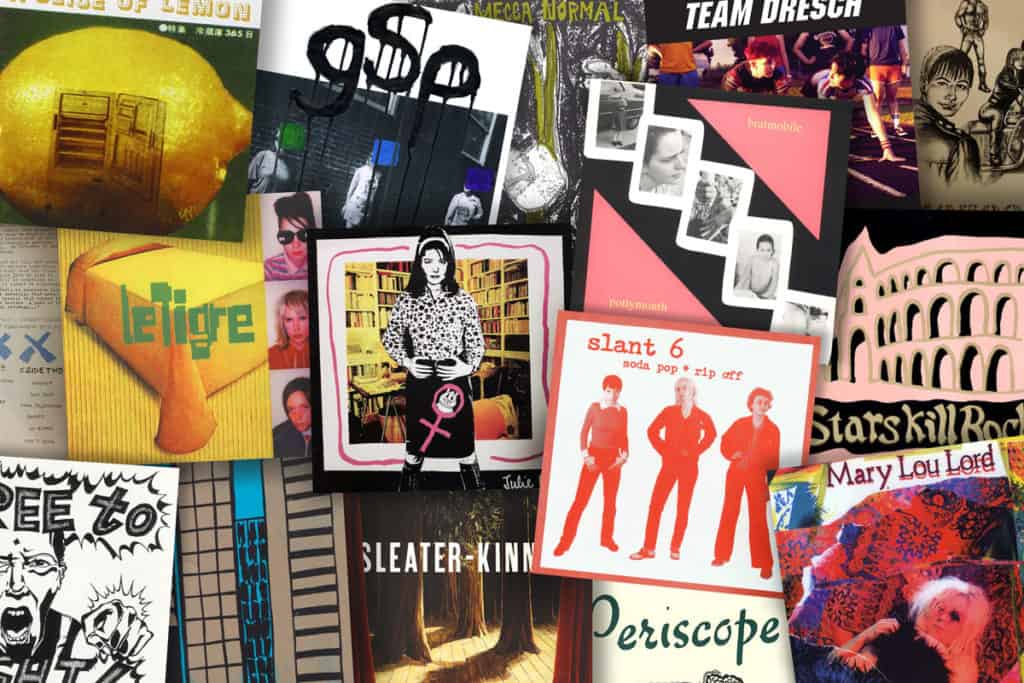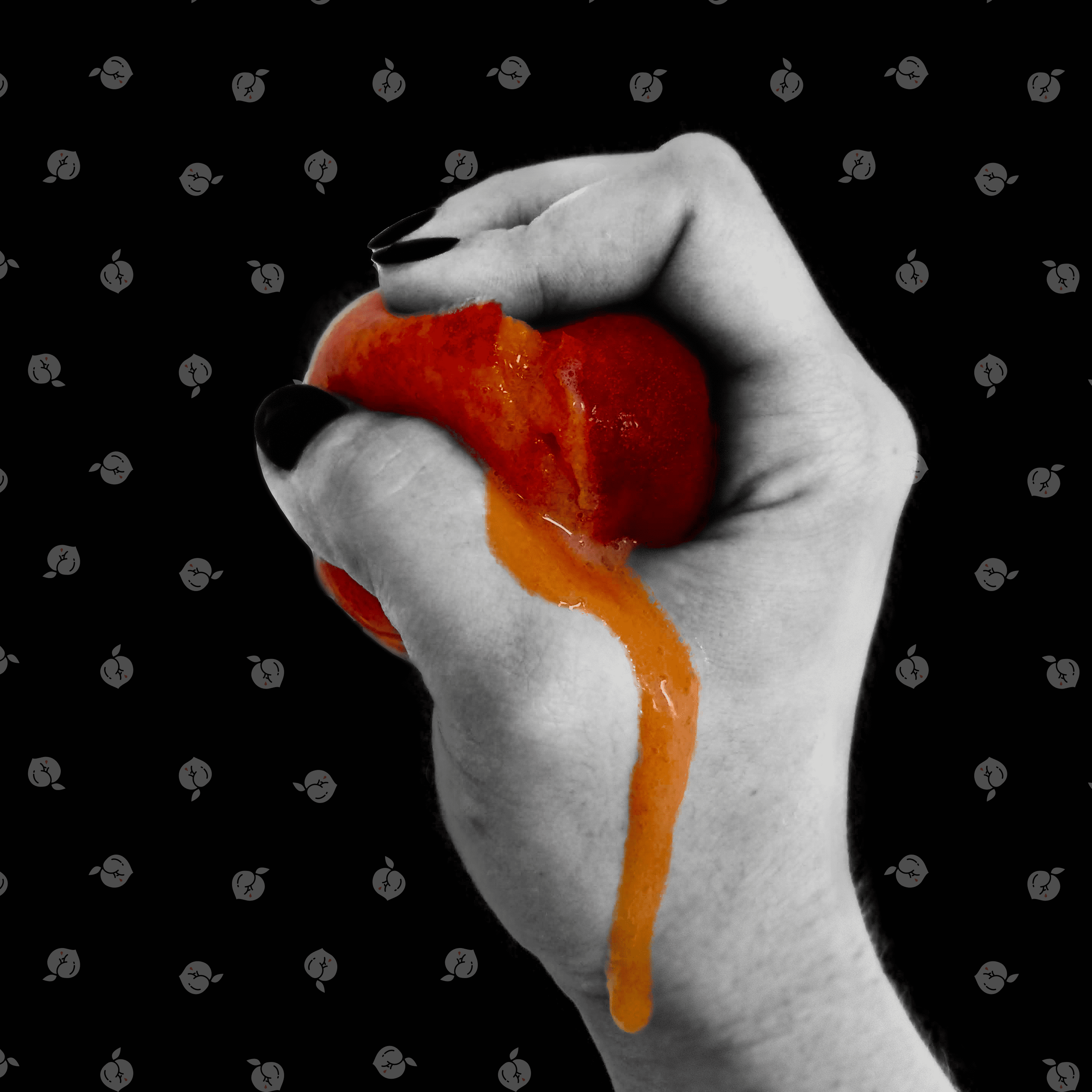Did feminism wither away?
This month, we celebrated International Women's Day,, IWD or Women in leadership's Day as some rushed to fix us on social media. That's right, on March the Eight, we commemorate Women's Day - a day to pay tribute to our struggle for political, economic, and social equality. The day was proposed by German feminist and socialist Clara Zetkin. However, this year I couldn't stop wondering if women were still fighting the same fight.

Most men roll their eyes when someone mentions feminism. And they are not the only ones. Feminism has reached a stage where women are ready to spill the blood when having a debate, what feminism is, what should be the attitude of feminists towards BDSM practices and pornography, language, and sex. They often wonder if Lady Gaga and other pop stars are feminists or not.
I became more familiar with feminism during my years of studying comparative literature and women's literature. As I read theories, poetry, and novels, I felt proud as a woman, but I couldn't help feeling that, in a way, feminism turned off the path today.
What is feminism anyway?
"Feminism is a diverse collection of social movements, networks, social theories, political movements, and moral philosophies about equality. It could also be described as a movement for the emancipation of women and social justice. There are many definitions of feminism as it moves through history and different societies. Most of the differences originate from different understandings of the historical causes of gender discrimination. " (S(v)odobnost)
The word feminism first appeared in the late nineteenth century and was coined by the French utopian socialist Charles Fourier. A century later, it was the rule in the Western world that feminism meant every movement for women's rights.

Within feminism, there exist more beliefs and several movement directions, but we can set a basic framework. We divide modern Western feminism into four waves:
First wave
The first wave of feminism arose during the transition from the nineteenth to the twentieth century. At the time, feminists fought primarily for gender equality in the family, raising children, and marriage. In Great Britain, women were given the right to raise their children upon divorce for the first time in 1839. Besides that, they wanted better economic and gender standards and, most importantly, suffrage. The first demands for the right to vote became visible after the French Revolution (1794), and the struggle lasted for a good century and a half. In 1900, the National Union of Women's Suffrage Societiesbecame the most significant 'feminist' organization in Britain. Its members were called suffragettes, who initially peacefully fought for women's rights. Only later did the methods become more radical. One of the most prominent members of the movement was Emmeline Pankhurst. In some countries, women were given the right to vote in the first twenty years of the twentieth century, but they got it after World War II in most of them.
Liberal feminism was also born during this time, emerging in parallel with liberalism. It focused on women's suffrage and equality in education.
Second wave
Even though women in some European countries had voting rights, many were still banned from going to the elections. Switzerland stands out, giving women the right to vote only in 1984. However, this time the feminists focused more on the woman's role in the family, in the workplace, in sexuality. The second wave, beginning in the 1960s, was devoted to reforming the family law, which gave a man the right to care for and consequently control his wife. In France, for example, a woman was not allowed to work without her husband's permission until 1965. They also advocated that a husband's rape of his own wife is considered rape and nothing else. Although this was achieved in most Western countries in the twentieth century, this was not and is still not the case in other countries. Within the second wave, radical feminism has also emerged, seeking to end male dominance.
The main criticism of this wave was that feminists focused primarily on the position of white women, forgetting all other races.
Third wave
The third wave brought the first split within feminism. It is said to have originated in the punk feminist movement Riot grrrl , established in Washington in the early 1990s. Members of this movement addressed everything from sexual abuse, rape, sexuality, racism, patriarchy, anarchism to women's liberation. In defending diversity, they also took into account the criticism of the second wave. The third wave also opposed the definition of femininity, which in the second wave referred primarily to the higher social status of white women. They put micro-politics and women's benefits at the forefront. Feminists were divided into two poles: those who argue that there are no psychological differences between both sexes and those who say they exist and their roles are socially defined.

In the third wave, most new feminist currents and theories emerged - intersectional feminism, pro-sex feminism, vegetarian ecofeminism, transfeminism, and postmodernist feminism.
Fourth wave
The beginning of the fourth wave is associated with the use of social platforms. It is mainly characterized by the fight against violence against women and sexual harassment. The most visible fourth wave movement is MeToo. Just like the third wave, the fourth also emphasizes intersectionality.

Critics see the biggest problem in using social networks, which enabled the birth of the fourth wave. Also, some women have an issue with the MeToo movement, as the faces behind it have become celebrities. It contrasts with the intersectionality that this wave is trying so hard to accentuate.
Postfeminism
Postfeminism defends the theory that everything that the second feminist wave fought for was achieved by criticizing the goals of the third and fourth waves. Postfeminism even argues that feminism is unnecessary today - men and women are already equal.
To be continued!
















-0 comments-